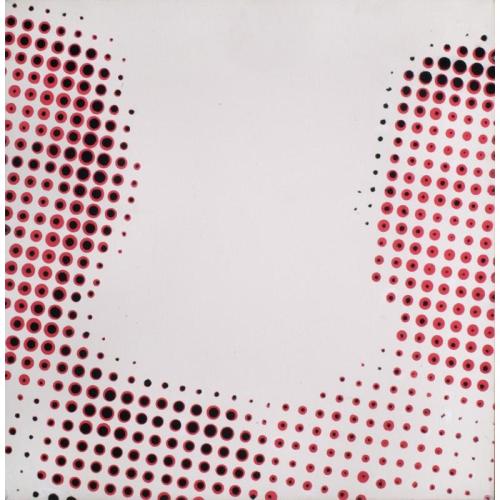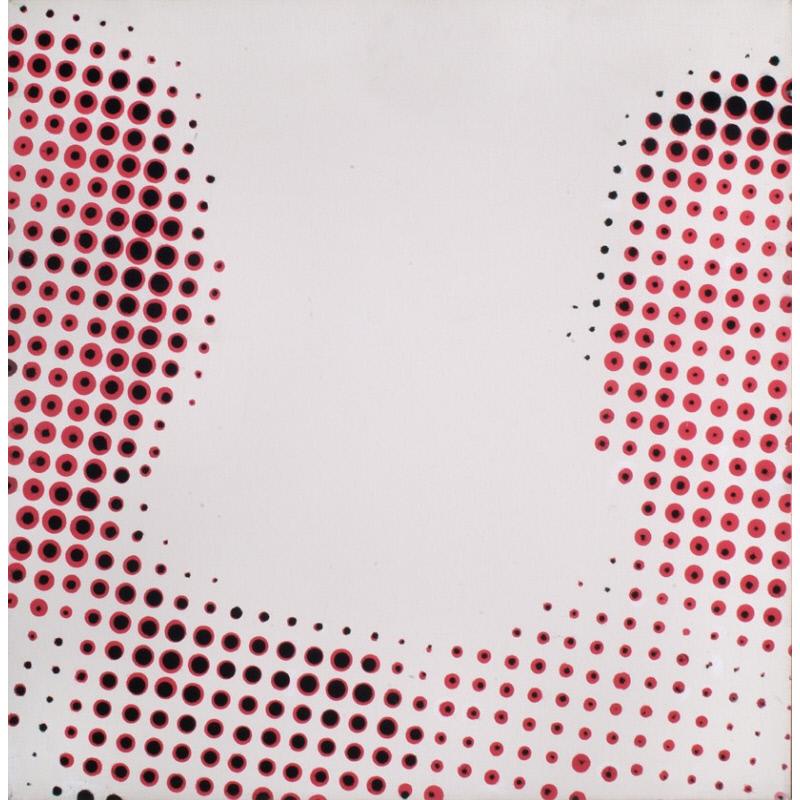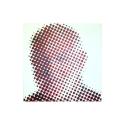
Portrait of Gilbert and George
Collection:CSM Museum & Study Collection
Date: 2000
Artist: Francis Poole
Medium: Oil on canvas
Object number: PA.90.1.CC
DescriptionFrancis John Poole's study of artists Gilbert and George
Poole's representation of the two artists, Gilbert and George, simultaneously reflects the space between them and their inherently deep connection. The pair are known for their deep creative and emotional bond with one another; they go everywhere together and are as close as two separate individuals can be. Yet, however close one individual is to another, there is always space between them.
All of us have an atomic structure - and atoms, the material of creation, are filled with much more space than matter. Our bodies are filled with six hundred trillion cells, but between each one, there is space. Poole's painting reflects this microcosmic aspect of humanity.
Within each of us, both light and shadow are to be found; the visible and the invisible; the public side and the private. Gilbert and George are very public figures, but they only reveal a part of themselves - and Poole's picture communicates this. We see only half of each of them.
Poole's representation of the two artists, Gilbert and George, simultaneously reflects the space between them and their inherently deep connection. The pair are known for their deep creative and emotional bond with one another; they go everywhere together and are as close as two separate individuals can be. Yet, however close one individual is to another, there is always space between them.
All of us have an atomic structure - and atoms, the material of creation, are filled with much more space than matter. Our bodies are filled with six hundred trillion cells, but between each one, there is space. Poole's painting reflects this microcosmic aspect of humanity.
Within each of us, both light and shadow are to be found; the visible and the invisible; the public side and the private. Gilbert and George are very public figures, but they only reveal a part of themselves - and Poole's picture communicates this. We see only half of each of them.

